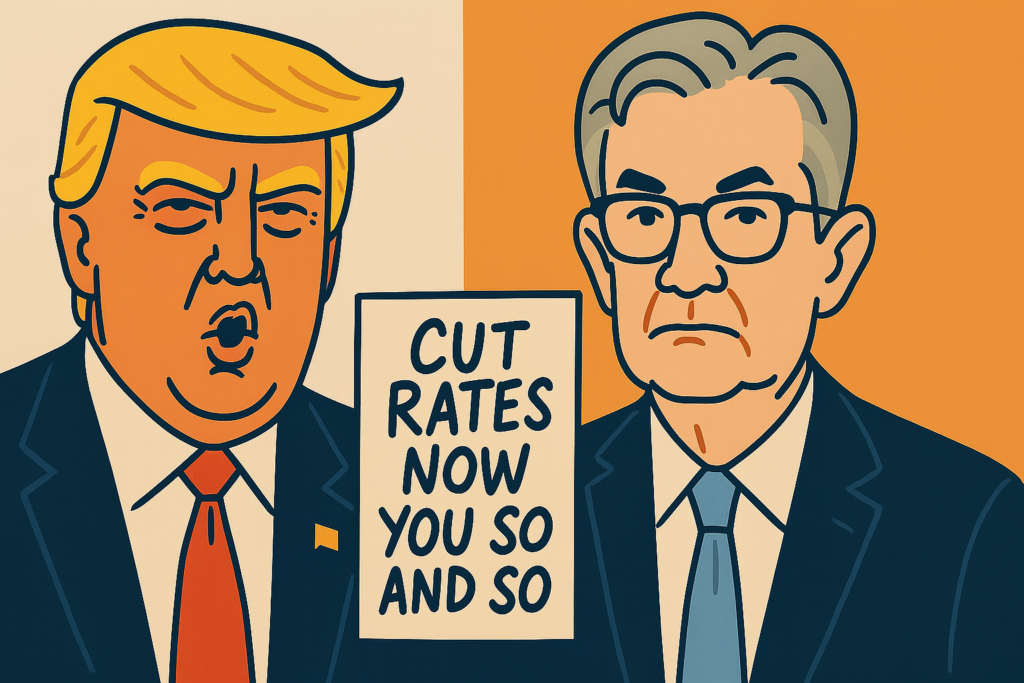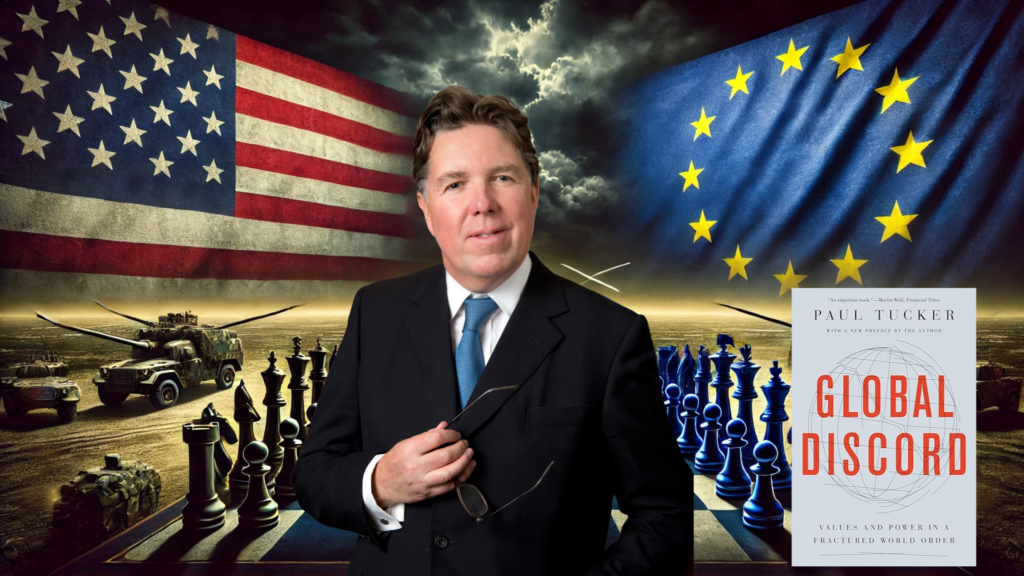“RIP Pope Francis and Belated Happy Easter!”
We live in interesting times when theologians feel compelled to fact-check politicians.
Here’s a concise and well-crafted summary of the so-called “Mar-a-Lago Accord” by Dr. Peter Earle (aka Dr. PCE) of the American Institute for Economic Research (AIER). True to his libertarian leanings, he steers clear of social engineering and keeps the focus on market mechanics and macro fundamentals.
Unpacking the Assumptions Behind the Mar-a-Lago Accord
Tariff models relying on complex assumptions offer an extremely limited and entirely misleading view of economic realities.
Peter C. Earle | April 8, 2025
The high degree of focus on tariffs under the new Trump administration has led to a flurry of new analyses attempting to determine their economic effects. One of the most prominent contributions comes from Stephen Miran — formerly of Hudson Bay Capital and soon-to-be Chairman of the Council of Economic Advisers (CEA) — who published an influential piece titled A User’s Guide to Restructuring the Global Trading System. This plan, dubbed the “Mar-a-Lago Accord” in reference to the Plaza Accord’s attempt to manipulate the dollar, argues that tariffs need not cause harm, provided that currency offsets occur to counterbalance their effects. Miran’s proposal, which draws upon a currency offset/tariff model, suggests that properly managed tariffs can be effective tools without significant negative repercussions. This assumption is critical to the broader strategy of the Mar-a-Lago Accord… continue reading
Related
Inside the Mar-A-Lago Accord
If foreign investors are treated as adversaries, and retreat due to devaluation or punitive policies, the resulting selloff could destabilize American markets.
Contra Bessent, Affordability Contributes to American Greatness
Claiming consumer access to affordable goods is somehow trivial or un-American betrays a condescending view of the working classes and economic agency.





